McDonald’s is expanding its value meal menu. The reason suggests growing trouble in the economy, analysts say.
In an interview Tuesday on CNBC, McDonald’s CEO Chris Kempczinski said the move was in response to growing evidence of a divided consumer landscape: While upper-income households continue to spend freely, the rest are struggling.
“Particularly, with middle- and lower-income consumers, they’re feeling under a lot of pressure right now,” Kempczinski said. He added: “It’s really kind of a two-tier economy.”
The idea that the economy is bifurcating is not new — but the trend seems to be becoming more pronounced. It began bubbling up more recently as the Covid-19 pandemic showed signs of waning and stocks started to surge. Pandemic assistance from the government helped level the playing field for a time, but by 2024, mounting inflation pressures and elevated interest rates had begun to re-sort consumers according to their ability to withstand financial stress.
By the start of 2025, the richest 10% of Americans, or those earning at least $250,000 a year, accounted for half of all consumer spending, a record, according to Moody’s Analytics. By comparison, the richest 10% accounted for 36% of all consumer spending 30 years ago.
That’s a trend poised to continue. Job growth is showing signs of stalling, while cost pressures on companies and consumers are rising due to tariffs. Low-income consumers now have substantially higher levels of credit card debt than they did in 2019, according to a new study by the Boston Federal Reserve. Lower-income workers have increased hardship withdrawals from their 401(k) retirement plans, Vanguard financial services told NBC News, as hiring growth for hourly workers has slumped.
Yet stocks continue to mostly churn higher. The result: Well-off consumers are spending their way through broader economic uncertainty, while prospects for everyone else increasingly stagnate.
“It really is a tale of two different households,” said Mark Zandi, chief economist at Moody’s Analytics.
Kempczinski said McDonald’s has found growing numbers of customers skipping meals like breakfast, or choosing to eat at home. Traffic for some lower-income cohorts are down “double digits,” he said.
“For our business, which has a significant group of consumers which are in that middle and lower income, we needed to step in,” Kempczinki said.
Other consumer brands from Chipotle to Kohl’s are echoing Kempczinski’s sentiments about a divided consumer outlook.
“There are certain cohorts of the consumer, definitely on the lower-income side, that are feeling pressure right now,” Chipotle CFO Adam Rymer told Reuters. “That’s something that we’ll have to take into consideration when looking at price going forward.”
Companies that rely on consumers splurging — think Amazon, Nike, Royal Caribbean and Starbucks — have significantly underperformed the rest of the market this year, according to data from S&P Global financial services group. Stock market returns to luxury goods groups like jewelry chains and high-end fashion firms, meanwhile, have boomed.
Analysts with UBS financial group said in a note Monday that McDonald’s announcement is likely to push other restaurant brands to push further into value offerings. Dining groups, they said, are now operating “in a difficult macro environment in which consumers are managing visits” as a result of inflation and reduced spending power.
On Friday, Wall Street will scrutinize the government’s jobs report for August for further signs of pressure on U.S. consumers. Fed governor Christopher Waller — seen as an ally of President Donald Trump in calling for lower rates — warned last week that the report is likely to show hiring remains sluggish. Analysts expect 75,000 net new jobs added, essentially unchanged from July.
If weakness in the jobs market persists, financial stress among middle- and lower-income consumers could eventually “trickle up” to higher-income ones, Morning Consult Chief Economist John Leer said.
“A lot of companies are realizing that, at least through the end of this year, the well-off are the future of the consumer landscape,” he said. “My concern is there are only so many of these consumers out there.”
Source link
